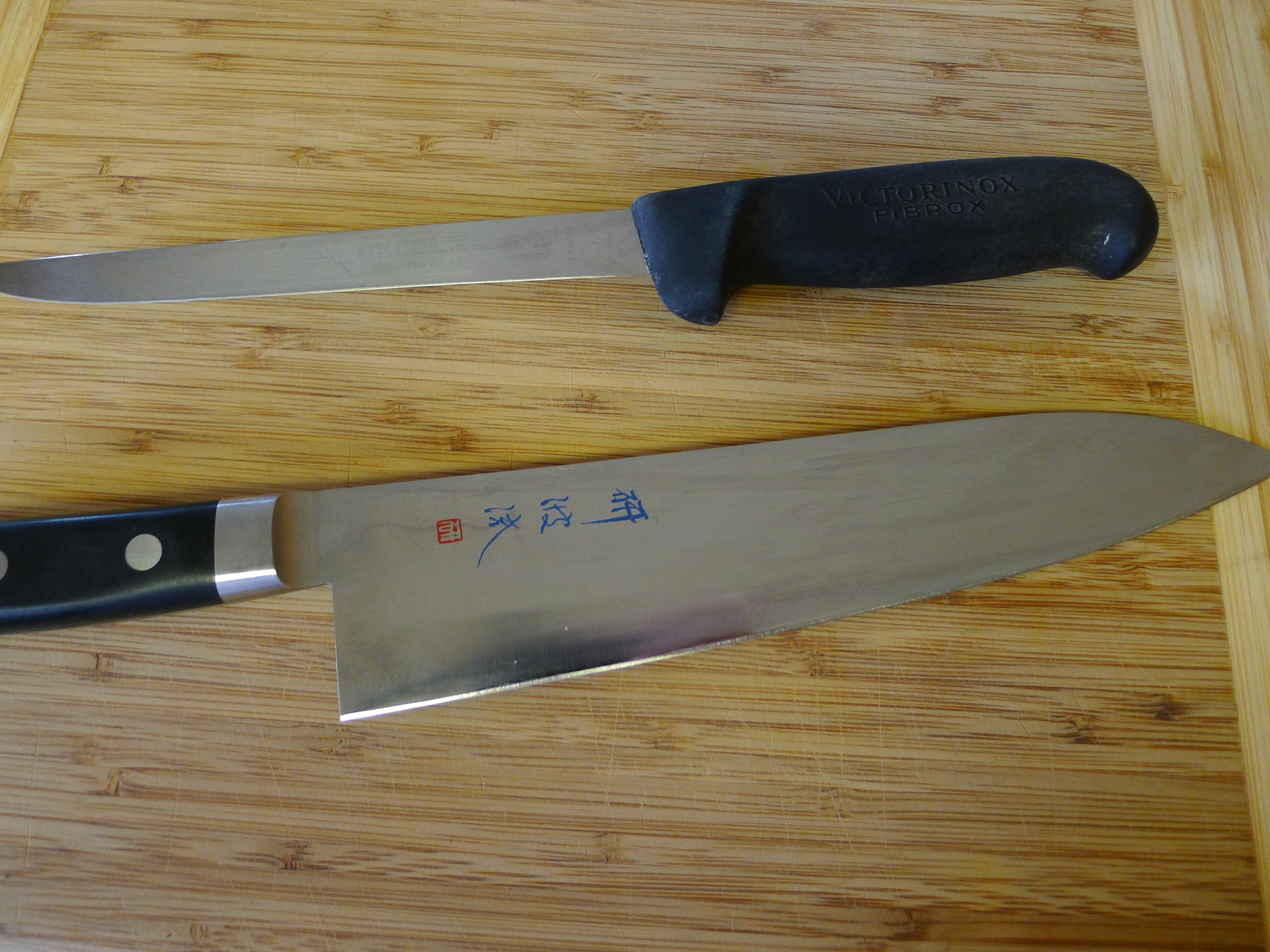By John Gierach, Simon & Schuster, 2008 I confess I am not really a John Gierach fan, yet I have met him a few times and have read all of his books. I even had an a date one time to fish with Gierach and A.K. Best, but then our calendars didn't align at the last minute, due a book tour. I haven't attempted to reschedule yet, but should, but maybe he wouldn't if he read this review. This one was just typical Gierach for me, a bit bland, although I did like the chapters entitled “Nebraska” and “Umpqua.” And, I made a few notes from the “Rods” chapter, as I enjoyed the comments on so-called production bamboo rods that were once bargains and his forte, and have now become very collectible, such as Heddon, Granger and Phillipson. He writes there are a few bargains left, such as, “I can tell you from experience that, for instance, a model 208 Payne and a 9050 Wright & McGill Grangers—both versatile 9-foot, 5/6-weights—are virtually identical except for the huge discrepancy in price.” Gierach writes, “Most date that resurgence [for what some would call those old-fashioned production rods and even some of the more elite rods such as the vintage Leonard] to the publication of A Master’s Guide to Building a Bamboo Fly Rod…” which was co-written by fellow Fario Club member, Hoagy Carmichael in 1977, I began to wonder if he broke up his bro-mance with A.K. Best and Mike Clark, but then A.K. appeared in a chapter or two, but Mike Clark and his rods were absent. Mike was also absent in the 2011 book. His rods weren’t my favorite either, although he had two very special rods at his shop over the years that were to my unique

